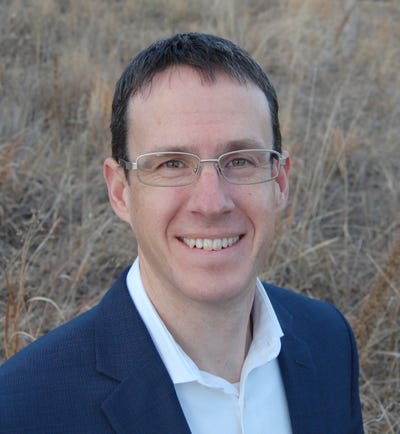
Yes, it sounds crazy -- and yes, we're still at the very early stages of 5G -- but it is officially time to start talking about 6G.
Don't panic just yet though: Some of the top experts in the industry agree that 6G is still more of a concept than a concrete idea, and no real products are expected for at least a decade or so.
So, why now? Is it because President Trump mentioned 6G in one of his tweets? (See Trump Tweets on 5G… & 6G.)
Thankfully, no.
It's because the FCC voted today to approve experiments in spectrum above 95GHz. "Prior to this decision, the commission had no rules for authorizing communications above 95GHz, other than by amateur operators or through experiments of limited duration and scope," the agency noted.
In a unanimous vote by the five-member commission, the FCC created "a new category of experimental licenses for use of frequencies between 95 GHz and 3 THz. These licenses will give innovators the flexibility to conduct experiments lasting up to 10 years, and to more easily market equipment during the experimental period."
So what can you do with communications above 95GHz? One answer to that question comes from Ted Rappaport at NYU Wireless, an academic research organization associated with the NYU Tandon School of Engineering in New York. Rappaport's comments carry a significant amount of weight because NYU Wireless was one of the institutions on the bleeding edge of the development of 5G technology in millimeter-wave (mmWave) spectrum.
You're invited to attend Light Reading’s Big 5G Event! Formerly the Big Communications Event and 5G North America, Big 5G is where telecom's brightest minds deliver the critical insight needed to piece together the 5G puzzle. We'll see you May 6-8 in Denver -- communications service providers get in free!
"You are opening new spectrum which allows us to move all the way up to the Terahertz range," Rappaport said at the FCC's open meeting today.
(For those not familiar with wireless transmissions, most of today's 4G communications happens in spectrum bands like 700MHz and 2.5GHz. 5G technologies open up communications in much higher bands like 28GHz and 39GHz. The Terahertz range is way, way above even that. However, transmissions in higher spectrum bands generally can't travel very far and generally can't travel through objects -- but they can carry much more data.)
"At Terahertz, there are things we never thought our smartphone would do," Rappaport said. "Science fiction will become a reality."
Really? Well, according to Rappaport, Terahertz transmissions can potentially support data rates that are high enough to carry human cognition… like remote controlling robots, I guess? Rappaport calls it "wireless cognition." I don't really get it, but it sounds cool.
In more relatable applications, Rappaport said Terahertz transmissions can sense objects so that you can monitor air quality, see in the dark, look around a corner, scan for explosives or control your phone by waving your hand (those body scanners at the airport use Terahertz transmissions). He also said Terahertz transmissions can also be used for super high-speed wireless backhaul or communications inside data centers.
So… it's like 5G, but better!
Rappaport added that NYU Wireless is studying technologies -- like new beamforming and antenna approaches -- that could help mitigate the spectrum propagation problems that dog transmissions in super-high spectrum bands.
About the Author(s)
You May Also Like




_International_Software_Products.jpeg?width=300&auto=webp&quality=80&disable=upscale)







